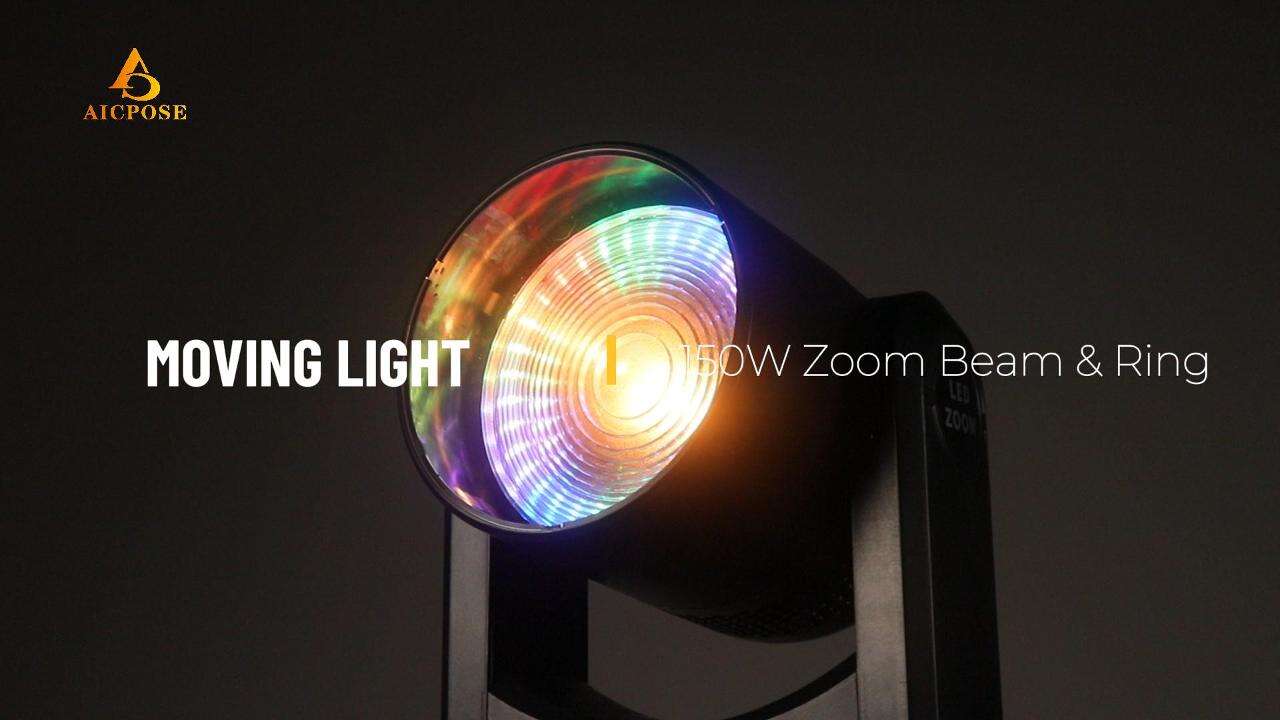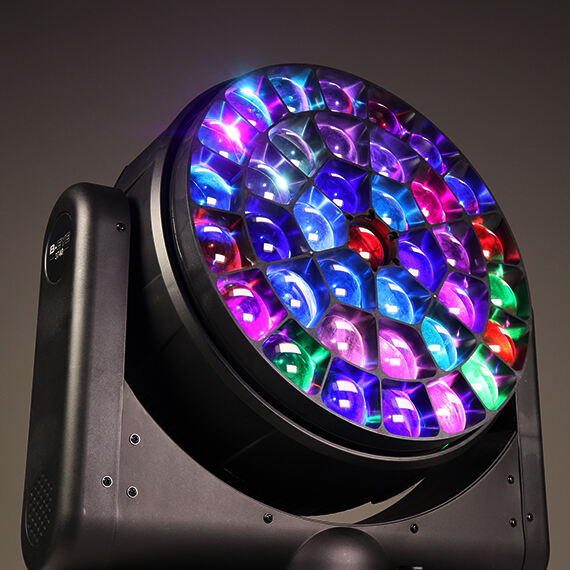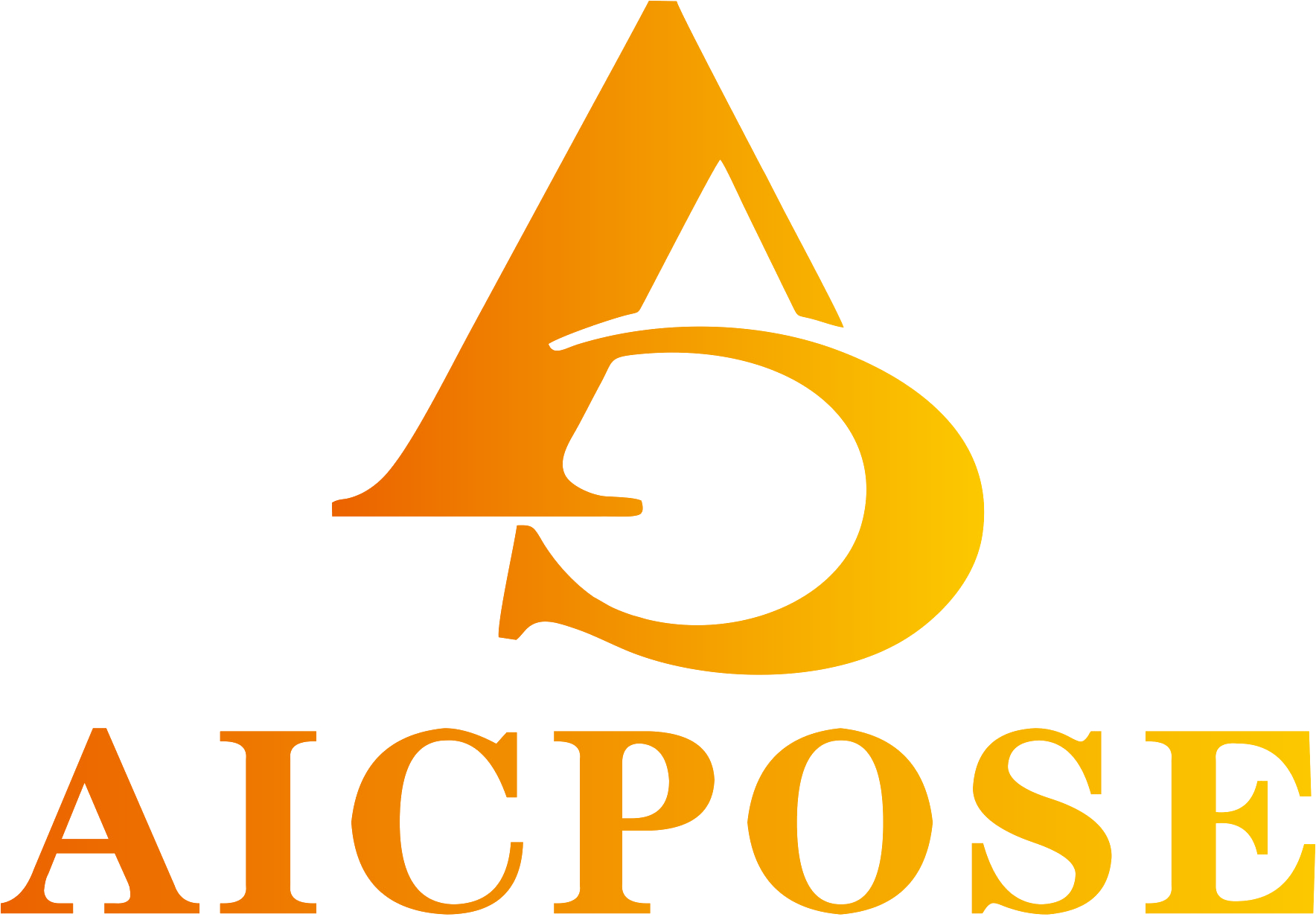The Art and Science Behind Professional Stage Illumination
Stage lighting projects represent the perfect fusion of technical expertise and creative vision. From Broadway productions to massive concert venues, the success of any performance heavily relies on the intricate dance of light and shadow orchestrated by skilled lighting professionals. These complex undertakings require months of planning, precise execution, and seamless coordination among multiple teams to create unforgettable visual experiences that enhance storytelling and captivate audiences.
Behind every stunning lighting display is a carefully structured process that transforms concepts into reality. Professional lighting designers and technicians must consider numerous factors, from venue architecture to artistic requirements, while ensuring safety standards and technical feasibility. The scope of stage lighting projects continues to evolve with advancing technology, offering new possibilities for creative expression while presenting fresh challenges for industry professionals.
The Foundation of Successful Stage Lighting Design
Initial Planning and Conceptualization
Every successful stage lighting project begins with a comprehensive planning phase. Lighting designers collaborate closely with directors, producers, and other creative team members to understand the artistic vision and technical requirements. This initial stage involves detailed discussions about the performance style, mood transitions, and specific lighting effects needed to support the narrative or musical performance.
During conceptualization, professionals create detailed lighting plots and cue sheets that serve as blueprints for the entire project. These documents outline everything from fixture placement to color schemes, ensuring every team member understands their role in bringing the vision to life. The planning phase also includes thorough venue assessment, considering factors like power availability, rigging points, and audience sightlines.
Technical Specifications and Equipment Selection
Choosing the Right Lighting Fixtures
Selecting appropriate lighting equipment is crucial for stage lighting projects of any scale. Professionals must evaluate various factors including beam angles, color temperature, brightness levels, and energy efficiency. Modern LED fixtures offer unprecedented flexibility and control options, while traditional lighting instruments still play vital roles in specific applications.
The equipment selection process involves careful consideration of budget constraints while ensuring sufficient redundancy for critical elements. Professionals often create detailed inventory lists that include primary fixtures, backup units, control systems, and necessary accessories. This comprehensive approach helps prevent technical difficulties during live performances.
Control Systems and Programming
Advanced lighting control systems form the backbone of modern stage lighting projects. Designers must select and configure consoles that can handle the complexity of their planned effects while remaining reliable and user-friendly. Programming these systems requires extensive knowledge of both technical protocols and artistic principles.
Professional lighting programmers spend countless hours creating and fine-tuning cues, ensuring smooth transitions and precise timing. They must also consider factors like show redundancy, backup systems, and emergency protocols to maintain performance continuity under any circumstances.
Implementation and Installation Strategies
Rigging and Safety Protocols
Safety stands paramount in stage lighting projects, particularly during the installation phase. Professional riggers work closely with lighting teams to ensure all equipment is properly secured and balanced. This includes careful weight calculations, stress testing, and adherence to local safety regulations and industry standards.
Installation teams must coordinate their efforts to work efficiently while maintaining strict safety protocols. This often involves creating detailed schedules that account for other technical departments' needs and venue access limitations. Professional projects always include regular safety inspections and documentation throughout the installation process.


Power Distribution and Cable Management
Proper power distribution is essential for large-scale stage lighting projects. Professionals must calculate total power requirements, plan distribution paths, and ensure adequate circuit protection. This includes designing redundant power systems for critical elements and implementing proper grounding protocols.
Cable management presents its own set of challenges, requiring careful planning to maintain both aesthetics and safety. Professional installations utilize sophisticated routing techniques and proper labeling systems to facilitate troubleshooting and maintenance. This attention to detail ensures reliable operation while maintaining a clean, professional appearance.
Testing and Quality Assurance
System Verification Procedures
Before any performance, lighting professionals conduct thorough testing of all systems and components. This includes individual fixture checks, control system validation, and full show run-throughs. Teams create detailed checklists to ensure no aspect of the installation is overlooked.
Quality assurance procedures often involve multiple test performances under various conditions. This helps identify potential issues and allows teams to develop contingency plans. Professional stage lighting projects always include documentation of testing procedures and results for future reference.
Performance Optimization
Final adjustments and optimizations play a crucial role in achieving the desired artistic effect. Lighting designers work closely with operators during technical rehearsals to refine cues and timing. This process often involves subtle adjustments to intensity levels, color combinations, and movement patterns.
Professional teams maintain detailed notes throughout the optimization process, documenting successful techniques and potential areas for improvement. This information proves invaluable for future projects and helps establish best practices for the industry.
Frequently Asked Questions
How long does it typically take to plan a large-scale stage lighting project?
The planning phase for major stage lighting projects usually takes between three to six months, depending on the complexity and scale of the production. This timeline includes initial concept development, technical specification creation, and detailed implementation planning.
What are the most important safety considerations in stage lighting installations?
Critical safety considerations include proper weight distribution, secure rigging points, adequate power protection, and clear emergency protocols. All installations must comply with local regulations and industry safety standards, with regular inspections throughout the project lifecycle.
How do professionals handle equipment failures during live performances?
Professional stage lighting projects always include redundancy plans and backup systems. Teams develop specific protocols for various failure scenarios, including backup fixtures, alternative control systems, and emergency power solutions. Regular maintenance and testing help minimize the risk of failures during performances.

